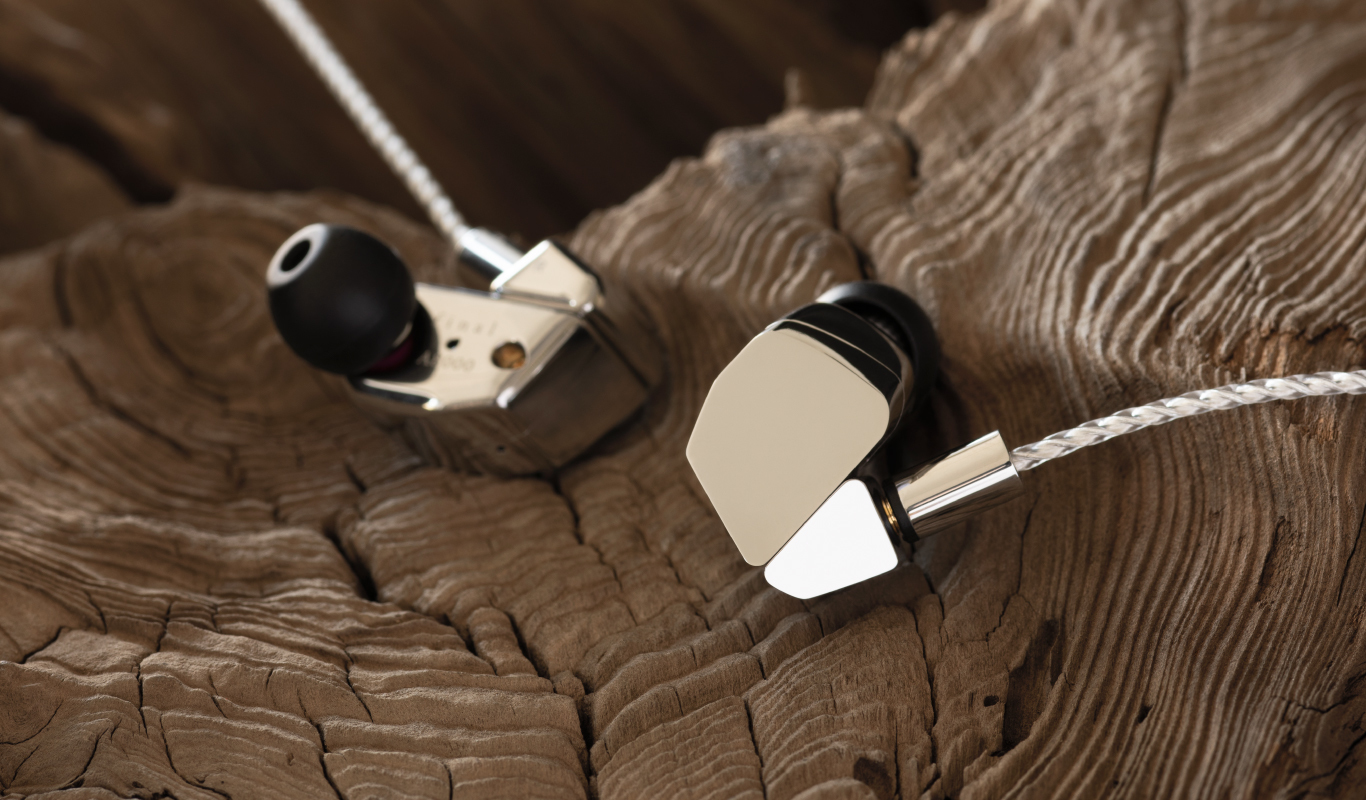
Final Audio Introduce Latest A8000 Flagship IEM
According to Final Audio, the A8000 is not only the culmination of 5 years’ worth of research and development, but they’ve claimed rather boldly that it “redefines the potential of dynamic driver”. Indeed, that is very bold indeed, so let’s take a look at the other info provided.
In theory, when a driver moves according to the electrical signal applied to it, it should ideally move exactly as that electrical signal is applied. However, in reality, the physics behind that movement also means that the driver will oscillate after an impulse signal has been applied to it due to inertia. Since the movement of the driver is what causes sound to be produced, what these additional movements mean is that every subsequent movement of the driver will be creating additional sound which is not included in the original electrical signal (which is the music). This, if you can restrain the driver from moving under inertia, it would theoretically be reproducing the applied electrical signal more faithfully, and thus the music playback should be more accurate. With reference to the music itself,
Final Audio have explained their perceptual Transparent Measurement evaluation methodology as follows:
The development of the A8000 began with the reconstruction of physical measurement and subjective evaluation methodologies. Among factors that determine sound quality for earphones and headphones, amplitude frequency response is predominant, but there are some important sound impressions such as transparency cannot be achieved by altering it with the way commonly known as tuning. With the aim of achieving transparent sound for earphones, we have developed our own proprietary Perceptual Transparency Measurement (PTM) evaluation methodology. As a result of evaluation and improvement of interrelations between principal components analyzed by the results of subjective evaluation and data analysis of impulse response that could not be gleaned from frequency response in the past,
To achieve an unprecedented level of transparency, we delved our research into multiple fields including acoustic engineering, psychology, fluid mechanics, material strength, vibration and resonance control and the latest manufacturing techniques.
As a result of 5 years of R&D, we have incorporated multiple new engineering techniques into a single outcome, A8000.
- Perceptual Transparency Measurement
- Truly Pure Beryllium Diaphragm
- Anti-Resonance Direct Mounting
- Tetra-Chamber Construction
If you have been following the development of IEMs over the last 2 years or so, then you would’ve seen that there is a bit of a crazy going on for Beryllium drivers due to the specific properties and advantages of that material for sound reproduction.
What’s interesting is that Final Audio have designed the A8000 to have just a single dynamic driver in each earpiece. Usually, high-end design would feature multiple (sometimes even a dozen or more) balanced armature drivers or a combination of a dynamic driver and a couple of balanced armature drivers in each earpiece. However, Final Audio have claimed that the requirement of very intricate crossover networks means that passing the signal along between various drivers can and do lead to various phase issues. When the sound is produced simultaneously by 2 or more drivers, those overlapping sound waves will collide with one another, which will cause either constructive or destructive interference (depending on the phase), and thus deviate from the actual signal applied to them.
If you’d like to know more about Final Audio’s process and those 4 key points mentioned earlier, then you can head on over to this link to a PDF which goes into some detail of the design the reasoning behind the various considerations. This includes a look at the properties of Beryllium, as well as details on how they designed the sound chambers and vents to take full advantage of the driver design and get maximum performance and accuracy out of it.
Pricing
As is usually the case, a flagship product doesn’t tend to be affordable, much less cheap. In the case of the A8000, be prepared to pony up a pretty large chunk of change. We’re talking a marital-problem-inducing or begging-the-bank-manager type of a figure here. Yes, the housing might be made entirely out of stainless steel, the driver out of Beryllium, and the design may have required no less than 5 years to come into fruition, but a retail price-tag of $ 1999 is pretty damn hefty by any sane person’s standard – especially for a set of IEMs.
If you’d like to check the A8000 out, Final Audio will be showcasing it at CanJam NYC.
